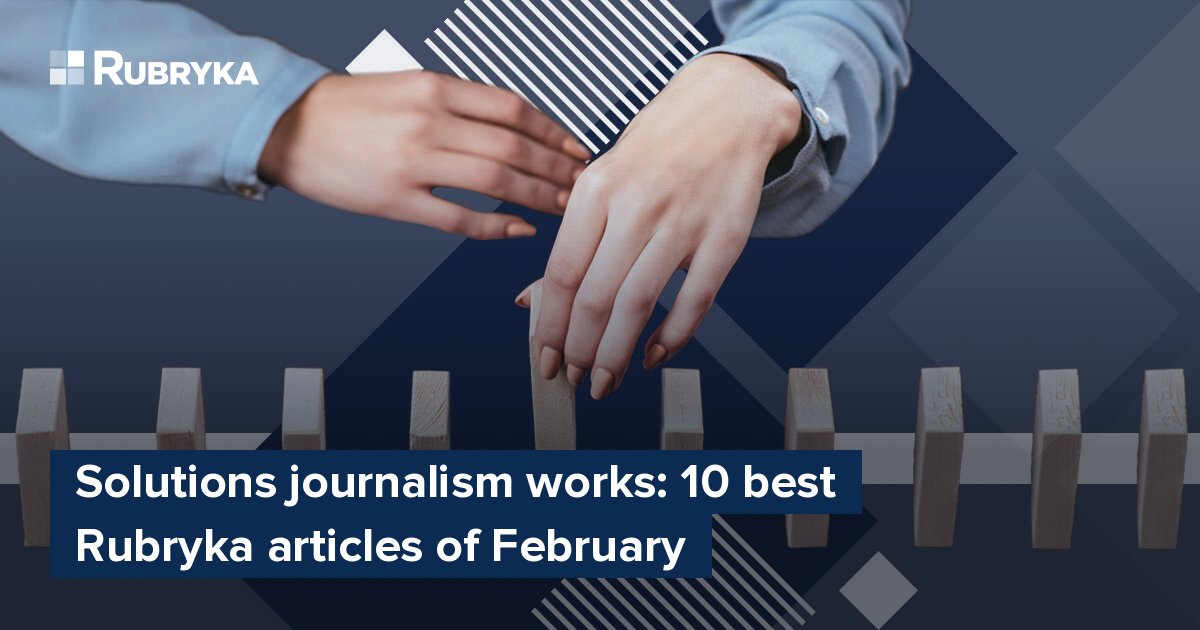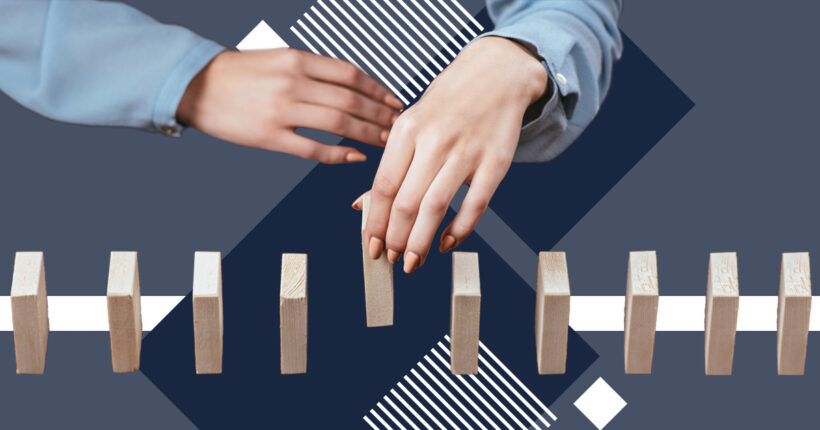
February. A year of resistance. It's been a year since russia has started its full-scale war against Ukraine.
The fighting continues, and every day Ukrainians find newer and newer solutions. And Rubryka never gets tired of telling Ukraine and the world about them (by the way, don't forget about the English-language version of our publications: share news, articles, solutions with friends and acquaintances in English so that the world sees Ukraine and never forgets about our fighting. )
Rubryka collected the most interesting stories of February's solutions in this article (and yes, you can also read them in English!).
War waste art
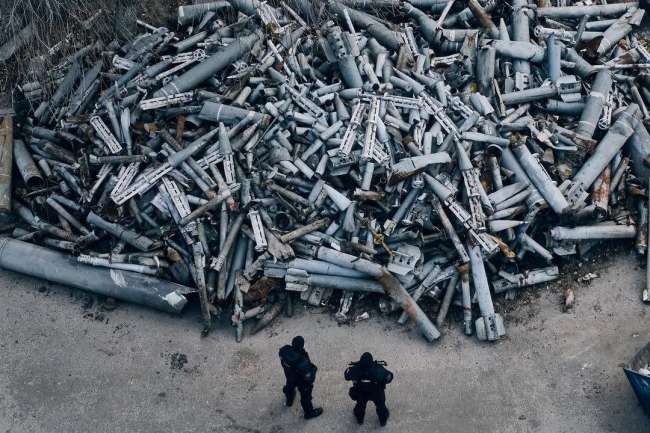
The war waste in Ukraine, accumulated in one year, has long exceeded the waste of the Second World War. The amount of russian equipment alone, which was destroyed by our defenders, exceeded the mark of 325,000 tons. It is now impossible to count the remnants of shells, debris from rockets, fired ammunition and other metal junk.
Mmilitary scrap disposal requires a special procedure. In places the metal debris has accumulated the most, hostilities will continue for a long time. However, Ukrainians have already begun to process what the occupiers bring and launch on our land. Read about how shell casings, rocket fragments and ammunition boxes are turned into art in the Rubryka article.
"We can see law even in the dark": free legal assistance for Ukrainians

The legal field in war conditions is also a battlefield. During martial law, some laws work differently. Because of enemy missiles, people lose relatives, homes, and businesses, and they do not always know what they should do to document another war crime and receive help from the state.
In response to this problem, YurShtab appeared — a volunteer initiative of Ukrainian lawyers providing Ukrainians with free legal assistance through a chatbot. Rubryka learned how the project works.
In the event of new blackouts: Ukrainian inventions providing light

Power outages continue to be a feautre of Ukrainians' day to day reality as russia goes on deliberately targeting the country's energy infrastructure. By the end of the first winter of full-scale war, Ukrainians have already developed alternatives energy sources are a rescue. Rubryka looks at Ukrainian solutions.
When will Ukraine update women's military uniforms to NATO standards?

Today, Ukraine has a high number of women in the Armed Forces, even among NATO member countries. The number of female military personnel in the armies of NATO member countries ranges from 0.3% to 20%. In the USA, for example, 17%, Great Britain — 11%, Poland — 7%, Denmark — 8%, Estonia — 10%, etc. Ukrainian Armed Forces have 9% of women, which is more than 70,000 female military personnel.
At the same time, the availability of appropriate clothing and underwear was still a glaring issue for the military's female personnel. Uniforms had been designed for men, and alternatives for women simply did not exist. Women joining the military were given male uniforms, which caused discomfort, inconveniences, and a feeling of unfairness. Arm Women Now, a Ukrainian volunteer organization that creates military uniforms for women, which will later become "official." Read about this solution in Rubryka.
Canister therapy and military rehabilitation: how does it work?
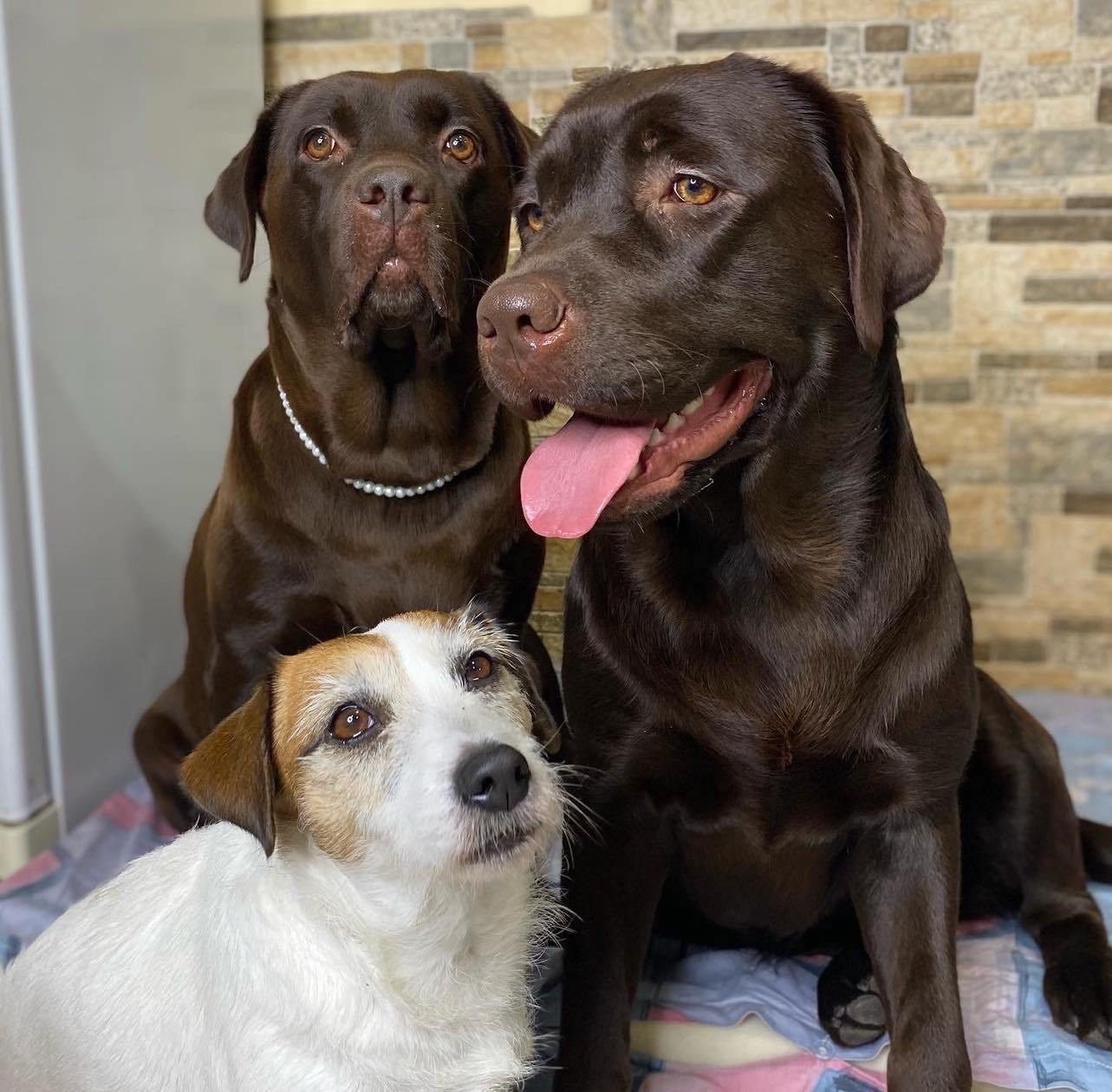
Along with combat experience, Ukrainian forces receive physical and psychological injuries, and their psyche undergoes significant changes. Post-traumatic stress disorder (PTSD), depressive disorders, and panic attacks are among the most frequent "trophies" the servicemen return with from the front.
Canister therapy is one of the ways to help Ukrainian veterans in the fight against psychological traumas. The method of rehabilitation with the help of specially trained dogs has proven itself well in Ukraine until 2022. Previously, it was used in work with children, people with disabilities and in institutions for the elderly. Currently, therapy dogs work in rehabilitation centers for war veterans.
In Zaporizhzhia, the "Palms of Peace" canister therapy project is implemented by the NGO "Alexandra and S." Rubryka found out how the initiative works.
"Please break down the door": how Ivano-Frankivsk women evacuated hundreds of paintings from cities in line of fire

The Arkhip Kuindzhi Museum in Mariupol was bombed. The Maria Prymachenko Museum in Ivankiv, Kyiv Region, was burned down. The Khanenko Museum in the center of Kyiv is coping with damage from another rocket attack. With all these plus another 40 Ukrainian museums looted, Ukrainian culture clearly became a target for destruction by russia.
Few artists, collectors, and gallery managers predicted they would need to evacuate works of art. In the first days of full-scale war, two curators of a gallery in the Western Ukrainian city of Ivano-Frankivsk decided to help evacuate paintings to relatively safe locations. Rubryka spoke to one of the project's initiators about artwork evacuation under shelling.
Drones, helmets and mine detectors: Ukrainian "garage masters" helping the army
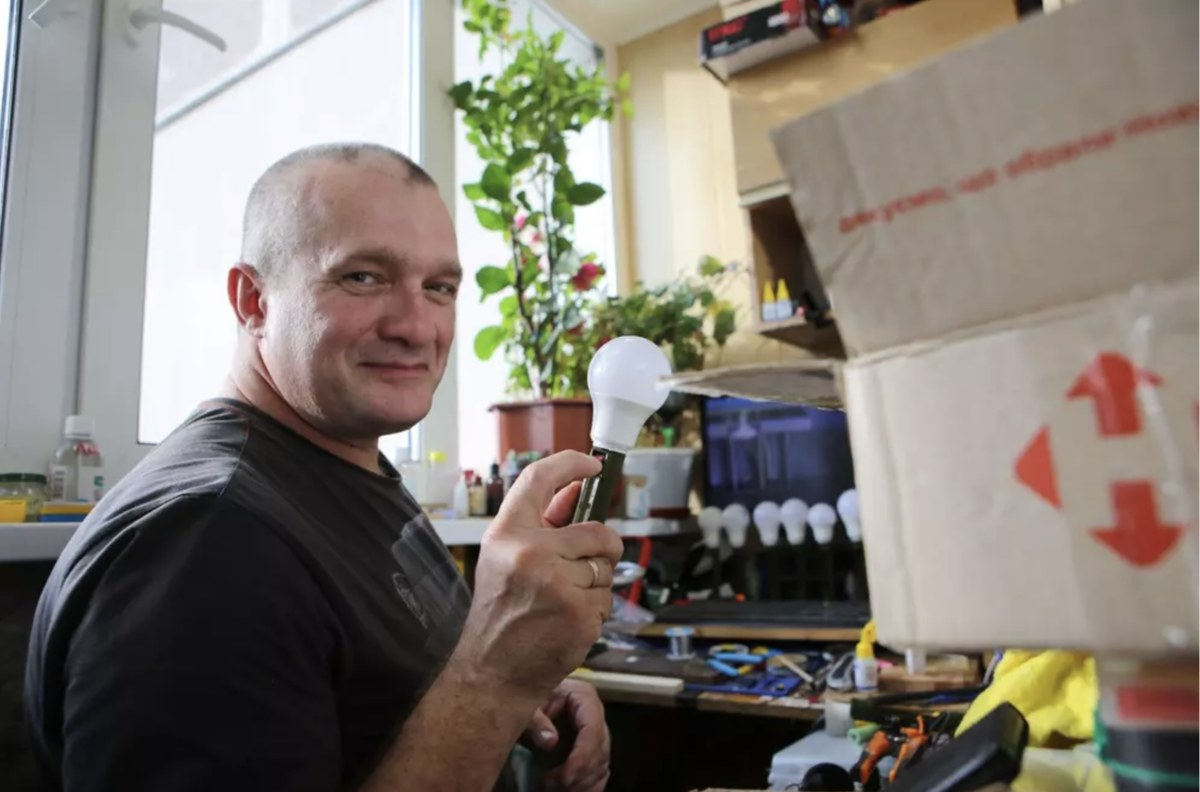
Many companies and brands started their journey with a small idea in a garage. Microsoft, Apple, Nike, and Harley Davidson took their first steps in their founders' home workshops, and now the whole world knows about them. Ukrainian enthusiasts are no less ambitious and rich in ideas. They wish to create, innovate, and change the world. But the war came to our land, and now the "garage revolutionaries" have their own front.
Bringing victory closer is every Ukrainian's task today. Ordinary citizens join in providing for the military at the front — often just with the tools and skills they use every day at home. Locksmiths, artisans, and artists create designs that help soldiers on the front lines every day. Rubryka spoke with some of Ukraine's "garage masters" about their initiatives to help the army.
"Cats", "hakes," and "hedgehogs": Transcarpathian sculptors helping the Armed Forces
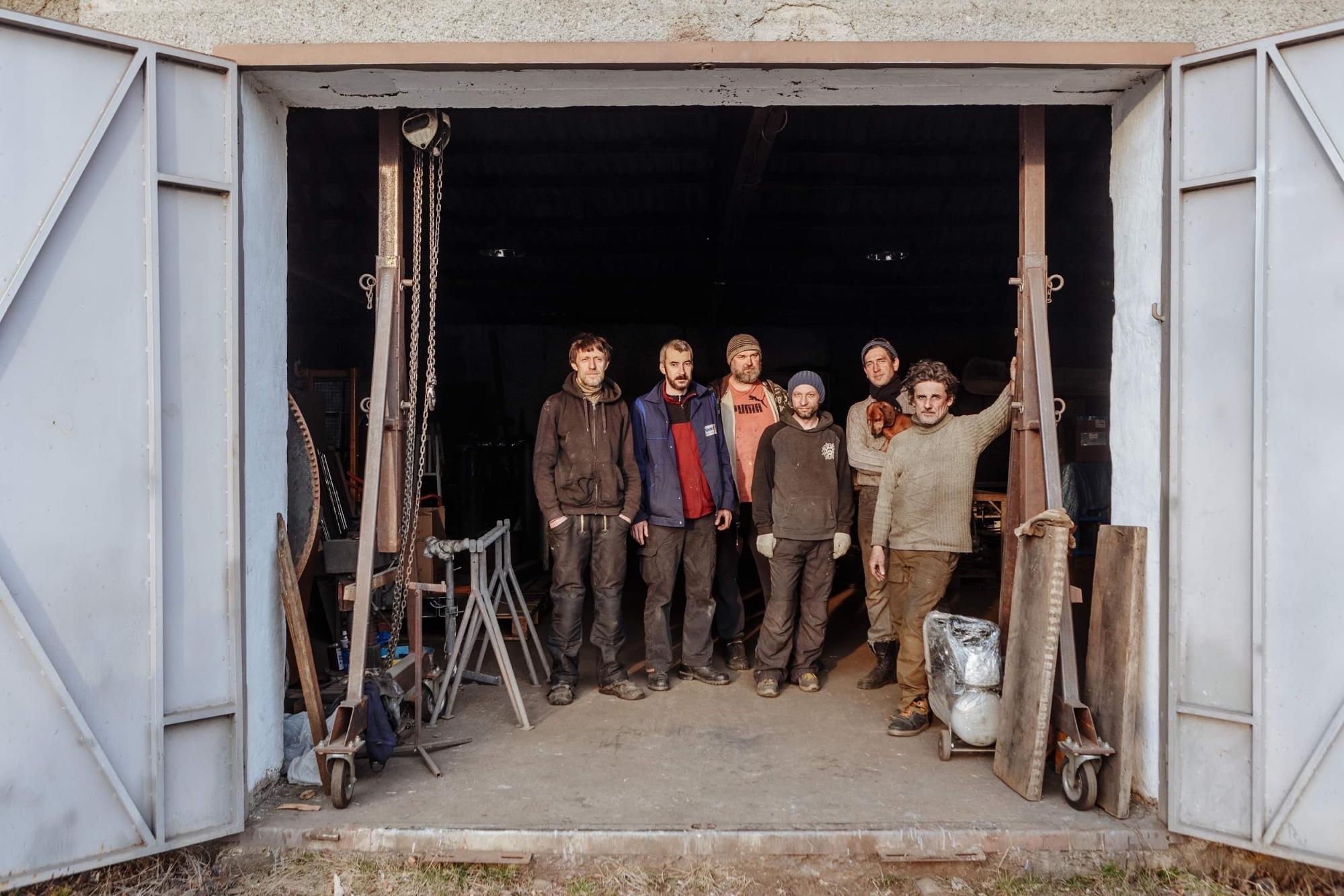
The creative team of the military-artistic association "Shpor"
As it was for many, the full-scale war began with shock for artists in Transcarpathia, the most western region of Ukraine.. With a great desire to keep invaders from taking over their home, many went to the military commissariat, but those who did not have a military specialty were left in reserve. However, a group of seven artists decided to find a different way to help Ukraine forge its victory in their metal workshop near Uzhhorod.
The desire to be helpful to Ukraine's armed forces was so strong that the artists found work for themselves. Since then, the atelier where they had produced creative works has transformed to produce metal products that the military needs. Artists are constantly working to invent and improve new useful devices to assist Ukrainian soldiers on the front lines.
Rubryka spoke with seven artists who have transformed their workshops toward military production..
"We're only united when we speak Ukrainian," or Project that turns state language into native tongue

Thousands of once russian-speaking Ukrainians have already switched to the state language. But someone is still afraid to make mistakes, doesn't know much vocabulary, or gets confused in constructions that are still unfamiliar to them. But the Yedyni initiative offers a solution that can help to effortlessly switch to Ukrainian. Rubryka shares how the initiative works.
Giving life after death: everything you need to know about posthumous transplantation in Ukraine

The war continues, and the number of human casualties on the front and among the civilian population is increasing daily. Now more than ever, it's crucial to recognize that our lives can end anytime. The war once again emphasized the need for transplantation development in Ukraine. After death, you can save someone's life. How exactly do you do that? Rubryka explains what to pay attention to and how does it work.
Newsletter
Digest of the most interesting news: just about the main thing




